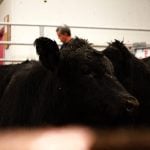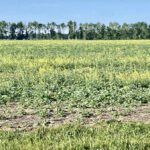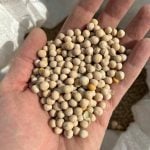
Tag Archives North Dakota State University

Grain monitoring critical in spring
Grain temperature should be checked every two weeks during the spring and summer

Kochia’s expanding herbicide resistance puts pressure on no-till systems
Kochia populations in Saskatchewan and North Dakota are now resistant to group 14 herbicides, leaving fewer options for Prairie farmers

Rethinking nitrogen efficiency
Tracking nitrogen with stable isotopes offers surprising insights into fertilizer uptake, loss, and management strategies

Later is better when spraying for fusarium
Some advice to growers still recommends spraying earlier, but researchers say recent studies point in the opposite direction

Nitrogen-fixing biologicals fall short at field level
Challenges remain for products to achieve their hoped-for potential

Weed alerts on the southern front
A North Dakota weed expert cautions Prairie farmers about kochia, waterhemp and Palmer amaranth and their evolving herbicide tolerances

Drought-stressed canola possible forage for livestock
It can work as an emergency source, but some risks need to be managed

Ten tips for successful grain storage
Two storage experts discuss how to preserve cereal crop quality in the bin

Watch closely for ergot-infected feeds
Several grasses and some grain crops can be susceptible

Managing disease in oat crops
Fungal diseases, bacterial diseases and viral diseases each need different management


